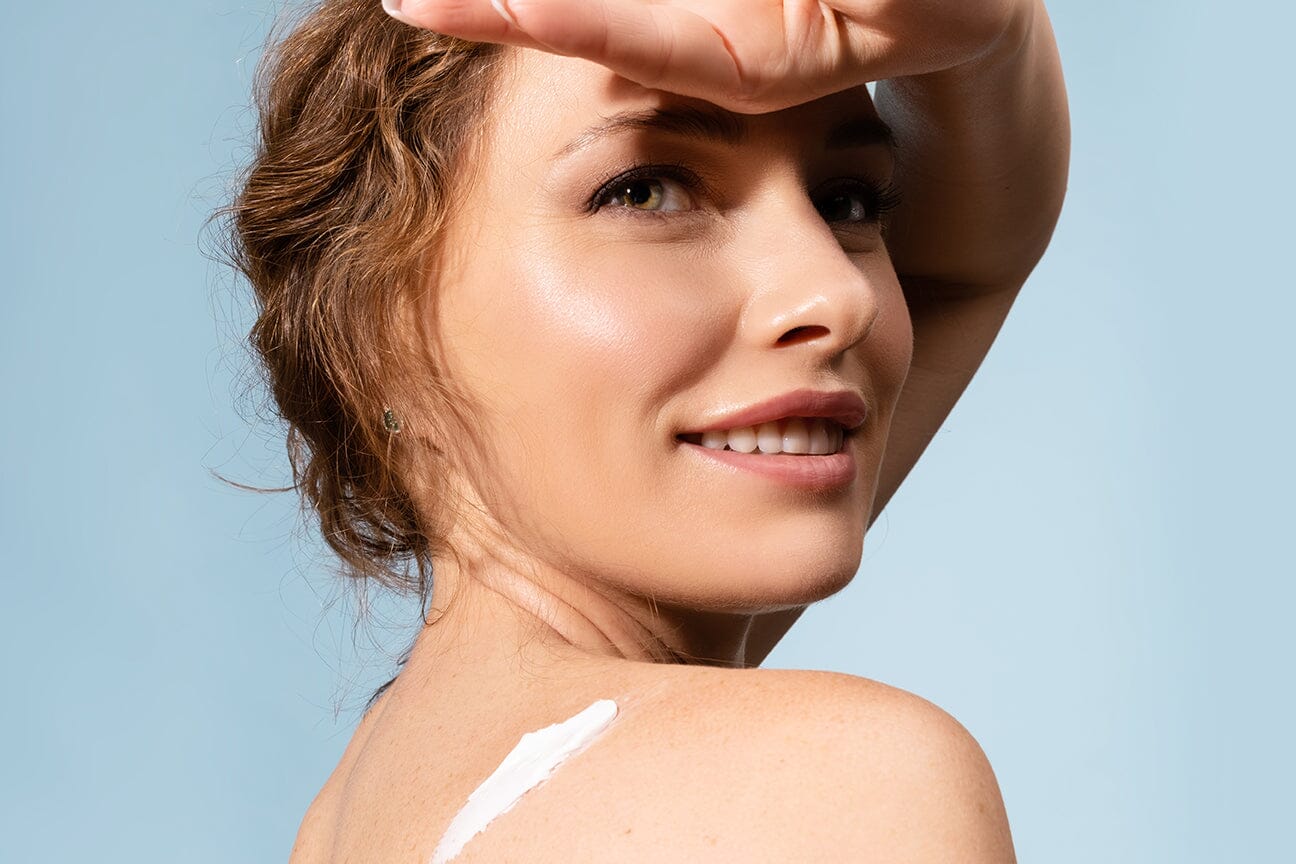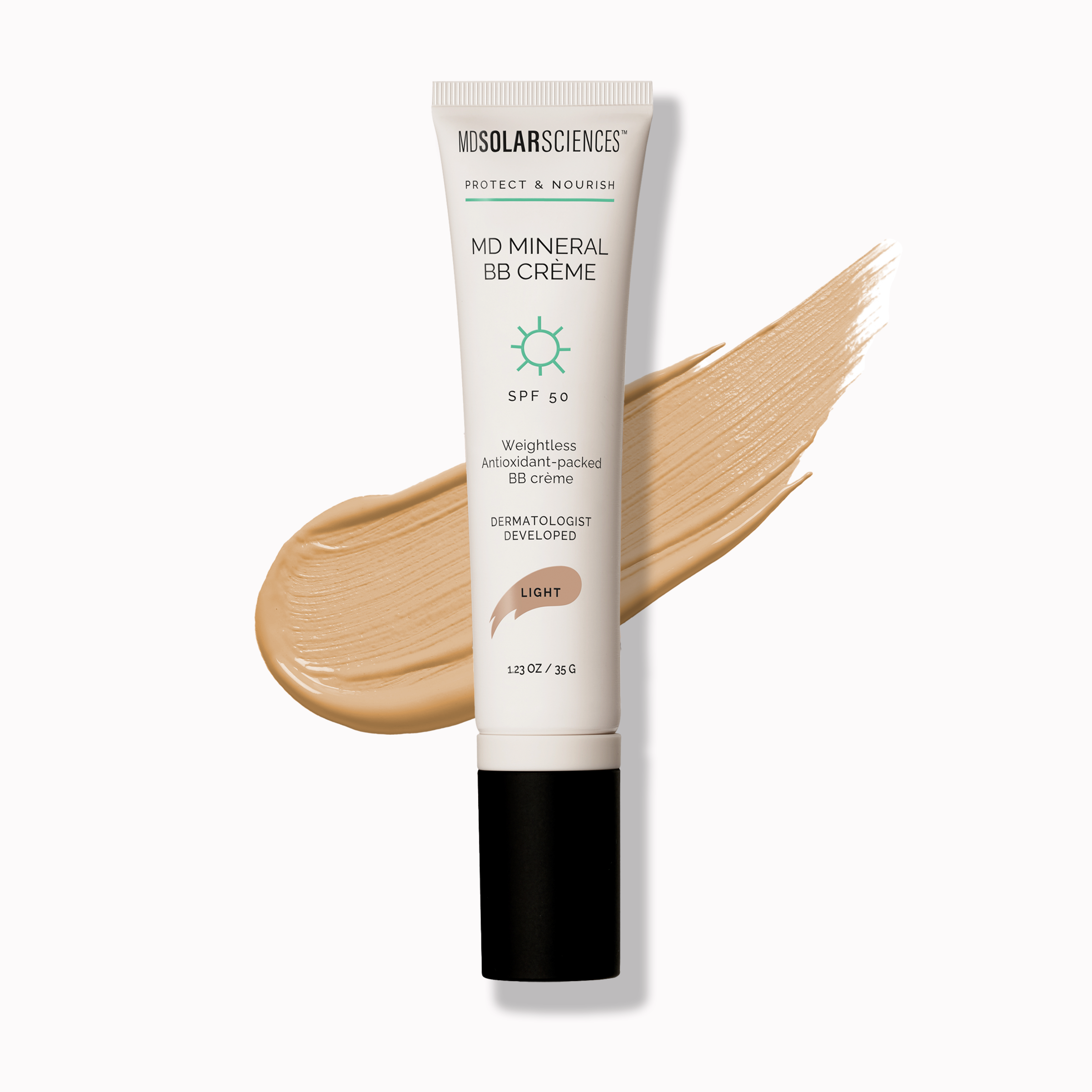Fact: The percentage of people who develop melanoma in the US has more than doubled in the past 30 years! We’ll say that again—Melanoma has more than doubled since the 1990s. Another fact? The daily use of SPF is central to our skin’s health and is proven to help prevent skin cancer, including Melanoma. When you consider that only 10% of Americans wear SPF on sunny days, not to mention cloudy ones, there’s no better time to commit to healthy habits like daily SPF.
It might be Melanoma Awareness month, but we’re on a mission protect your skin 365 days a year. In fact, MDSolarSciences was founded on the premise that sun care is skin care.
Our founder, renowned Dermatologic oncologist Dr. Robert J. Friedman, set out to reinvent, elevate, and inspire the daily use of SPF by developing clean, effective formulas equal to clinical grade skincare—that also felt luxurious enough you’d want to wear them every day.
Why was Dr. Friedman so passionate about protecting our skin?
Some staggering facts:
- Studies forecast that in 2023 there will be 186,680 cases of melanoma diagnosed
- Melanoma is more than 20 times more common in White people than in Black people
- The risk of melanoma increases as people age—the average age of diagnosis is 65
- Melanoma can also be seen in people younger than 30 and is one of the most common cancers in young adults
- Sun exposure and burns in childhood will directly affect your risk for melanoma in later years
- Only 10% of Americans (you know who you are) wear sunscreen
Does UV light and sun exposure lead to melanoma?
The evidence is clear.
- Studies prove that melanomas are caused by UV exposure from the sun
- If you’ve had more than five sunburns, your risk of melanoma is double
- Shockingly, just ONE blistering sunburn in childhood or adolescence more than doubles your chances of developing melanoma later in life
Artificial (Light) Intelligence
Never expose your skin to UV light from artificial sources like tanning beds and sun lamps. They’re so unhealthy that the International Agency of Research on Cancer has elevated them to the highest cancer risk category—alongside tobacco, radon and asbestos. There are plenty of healthy (and beautiful) alternatives, like tinted SPF skincare or a healthy spray tan.
Sun Care. Skin Care. We Care.
We’re committed to helping you keep your skin healthy. Here’s what you can do, too:
Don’t Forget To Spot Check:
Along with daily SPF, early detection saves lives. Follow the ABCDEs of skin health and carry out regular self-checks. Our founder was one of the pioneers of this innovative tool.
A For Asymmetry: Is one half of your mole unlike the other?
B For Border: Is your mole’s border irregular or poorly defined?
C For Color: Does your mole vary in shades (i.e. tan, brown, black)?
D For Diameter: Is your mole bigger than the size of a pencil eraser?
E For Evolving: Does your mole change in size, shape or color?

Your SPF checklist
- Apply to all exposed skin—even your lips
- Apply at least 20 minutes before stepping outside
- Apply to areas exposed to reflected UV rays—under your chin and bottom of your nose
- Reapply at least every 2 hours—more if sweating or swimming
- Apply no matter the weather (rain or shine) or time of year
- Apply even if “just driving” or sitting in a sunny “indoor” spot
Stay safe and commit to daily SPF. SHOP Suncare







